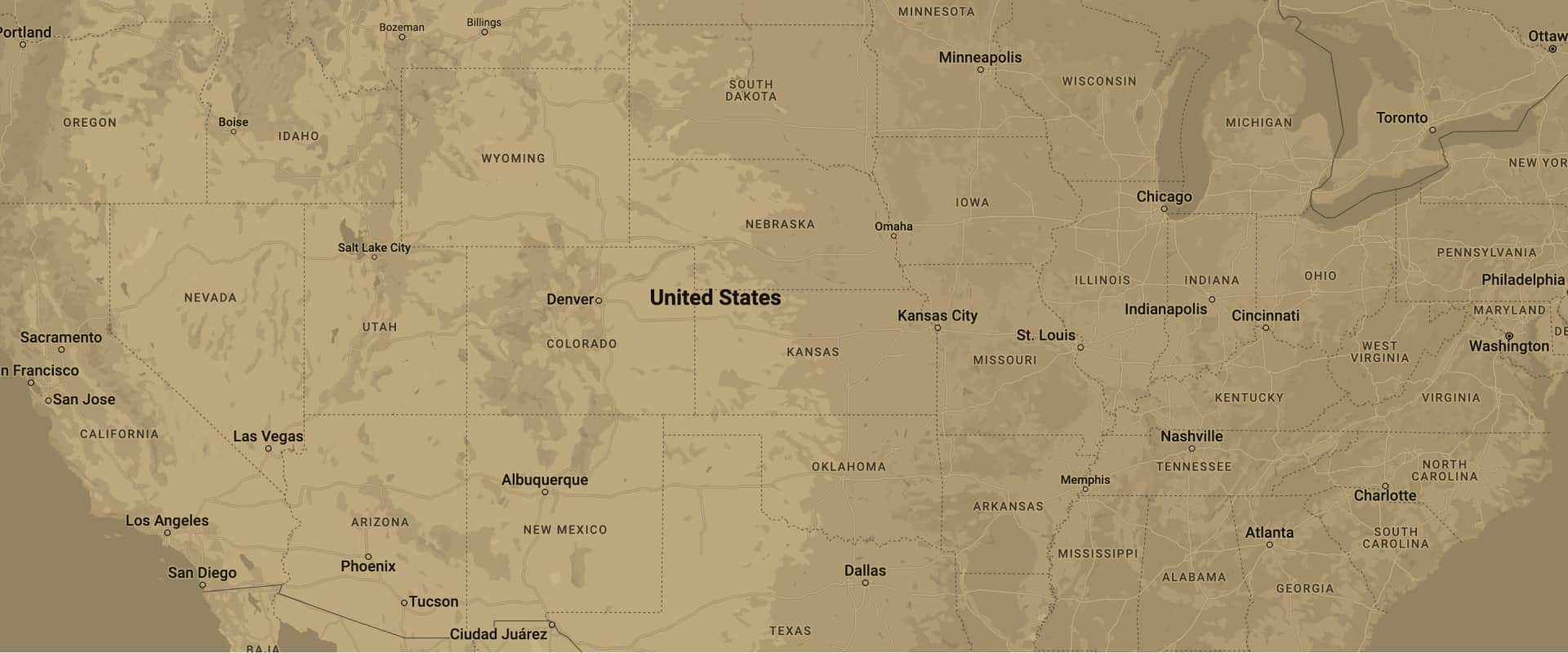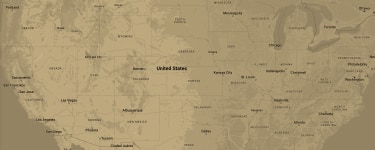For a lot of us, choosing a paint color can be difficult. Once you get that figured out, though, you run into another challenge. Exactly how much paint are you going to need to complete your project? Before you start to paint your interior walls, woodwork, window frames or ceilings, you need to estimate the amount of paint you require. A proper estimate will require some very specific calculations that depend on the surface you want to paint.
When you’re painting the walls of a room in your home, the math is actually pretty easy. All you have to do is add together the length of all the walls in the room, then multiply that number by the height of the room, from floor to ceiling. This number is actually the square footage of the room. And here’s a tip. Calculate the square footage of the floor so you’ll know how much ceiling paint you need.There are also plenty of paint calculators online that can make these numbers even easier to put together.
You’re not done yet! Before you head over to the nearest paint or home store, you will want to figure out how much of the square footage you just calculated is paintable. What does this mean? Consider that you’ll probably want to paint things like doors and window frames a different color. Perhaps one of the walls in your calculation opens into another room. You don’t need paint for that deleted surface area, so why spend extra money on it? As a rule of thumb, subtract 20 square feet for each door and 15 square feet for each average-sized window.
Last thing. Now that you have the number of paintable square feet, you’re going to want to divide the paintable area by 350, which is approximately the number of square feet covered by each gallon of paint. Do you need to round the number up? Sometimes you don’t have to go with an entire extra gallon. You can just order a few quarts of paint to make up the difference and save yourself a few dollars. Paint also stores well if stored properly, so if you want to go with the extra gallon just in case, there’s nothing wrong with that.
As indicated above, in most cases about one gallon of paint will cover about 350 square feet. However, if you’re painting onto new drywall you’ll need slightly more, as paint soaks into drywall more easily. Additionally, if you’re painting over another color, you will probably want to use a primer or invest in multiple gallons of paint so that you can apply more than just a single coat. In fact, many projects require a second coat, so allow for that requirement as well.
It’s rewarding to paint a room. If you’re still in doubt, speak to an expert at your local paint or home store. They can help you determine the correct amount, too.











